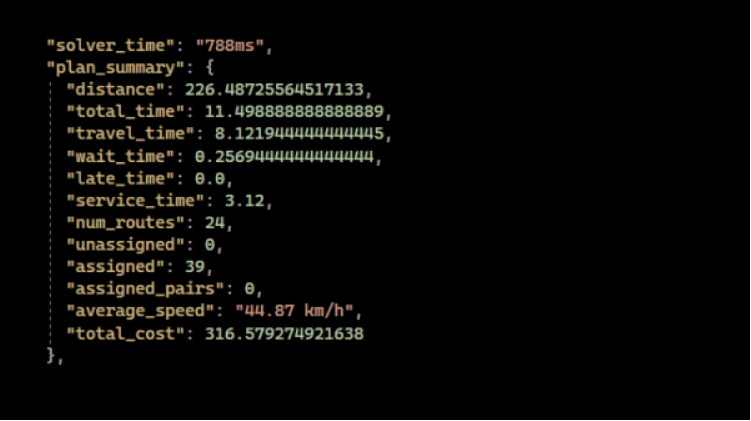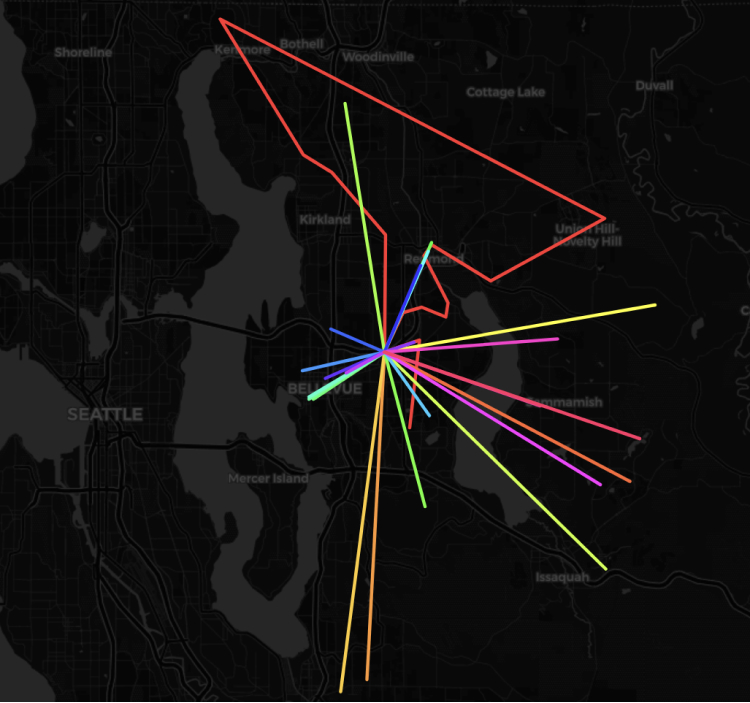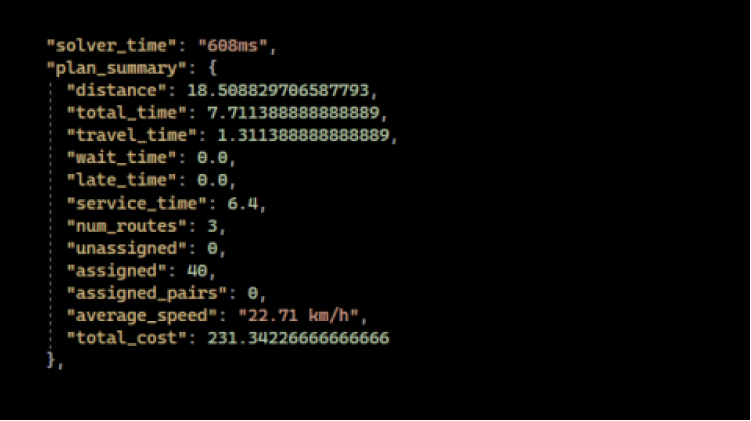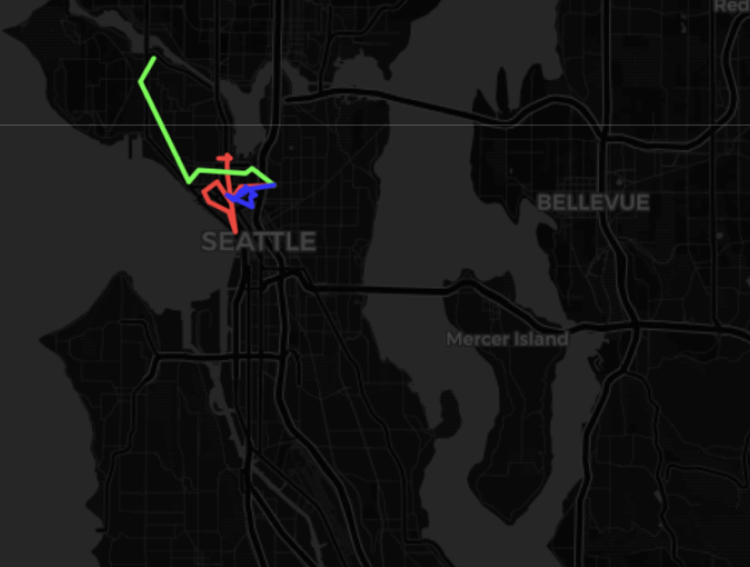Product
Route Optimization is Eventually Cost Optimization | Part 2
 Yuzhe Yan
Yuzhe YanHigh delivery costs can be a major obstacle for small and medium-sized businesses(SMBs) looking to expand. These businesses often spend significant amounts of money and effort outsourcing delivery partners, but it can be difficult for them to negotiate favorable terms due to their low volume. Fortunately, technology-enabled delivery platforms have made it easier and cheaper for these businesses to deliver their products. These platforms can aggregate orders from multiple SMBs and book couriers with a volume discount, helping to reduce delivery costs.
At LogisticsOS, we have developed a cost optimization engine into our API, empowering delivery platforms to further reduce their shipping expenses.
Common costs in crowed sourced/gig economy last-mile delivery model
Delivery platforms typically have several options when booking couriers and drivers. They may outsource SMB orders to various delivery service providers, gig drivers, or a combination of both. The costing models can vary significantly depending on the type of vehicle and service provider used. To minimize costs, platforms may have to dispatch a fleet with drivers from different couriers. However, optimizing routes while taking all of these factors into account can be a significant challenge.
The scenario
Here is a real-world example of a delivery platform company that aggregates SMB orders and helps them to offer same day delivery. On a given day, the platform had three types of drivers available to fulfill 40 orders with specific time windows. The available driver options included:
- Hourly rate drivers at a rate of $30 per hour, with a minimum 2-hour working window and maximum 3-hour working window.
- DoorDash drivers charging a fixed commission of $7 per order, with an additional $1.5 per mile for deliveries over 5 miles.
- Roadie drivers charging a fixed commission of $9.5 per order and a maximum travel distance of 15 miles.
"vehicle_types": [
{
"id": "hourly30",
"max_travel_time": 3,
"overtime_start": 2,
"count": 3,
"cost_params": {
"fixed_cost": 60,
"cost_per_unit_over_time": 30,
"cost_per_unit_overtime": 30
}
},
{
"id": "DoorDash",
"max_orders_per_route": 1,
"overdistance_start": 5,
"cost_params": {
"cost_per_unit_over_distance": 1.5,
"cost_per_unit_overdistance": 1.5,
"cost_per_order": 7
}
},
{
"id": "Roadie",
"max_orders_per_route": 1,
"max_distance": 15,
"cost_params": {
"cost_per_order": 9.5
}
}
],
"solver_parameters": {
"map_provider": "TomTom",
"traffic_type": "historical",
"traffic_time": "2023-01-25T08:00:00-05:00"
},
"units": {
"distance": "mile",
"duration": "hour"
},
Using LogisticsOS's route optimization API, the delivery platform was able to obtain an optimal solution within just 1 second. The solver used a combination of 1 hourly rate driver, 9 Roadies, and 14 Dashers to fulfill the 40 orders, assigning orders in dense areas to hourly rate drivers, sparse orders to Dashers, and long-distance orders to Roadies. By optimizing the route and utilizing a mix of driver types, the delivery platform was able to minimize delivery costs and achieve same-day delivery for all orders within their specified time windows.


After plotting the results, it became evident that the orders were sparsely distributed, making gig drivers a more cost-effective option compared to hourly rate drivers. On average, the delivery cost per order was approximately $7.5.
Let's consider another example where the orders are more centrally distributed,


LogisticsOS's route optimization API returned a solution that only dispatched 3 hourly rated drivers to fulfill all deliveries, resulting in an average cost per delivery of below $6. The denser the orders are, the more cost efficient the route plans will be.
Most delivery platforms provide customer-facing quotation APIs that allow their customers to obtain delivery cost estimates. With the help of LogisticsOS route optimization API that powered by advanced algorithms and accurate ETA based on HERE and TomTom’s traffic data, estimating the cost of deliveries has become easier and more precise than ever before. As a result, delivery platforms and fleet forwarding services can also derive their profit margins more easily.
Summary
LogisticsOS route optimization API is the most powerful and flexible tool to minimize delivery cost. With access to accurate maps and real-time traffic data, the platform makes route planning and cost estimation easier than ever before.
About LogisticsOS
LogisticsOS is the most powerful route optimization system on the market. Our flexible, hosted route optimization and planning/replanning APIs require no knowledge of optimization techniques. High-quality results are returned within seconds— even at scale. From time reduction and vehicle capacity to depot automation and cost customization, our feature-rich software can create the efficiency and cost-savings that you need. Contact us today for a free product demo.
